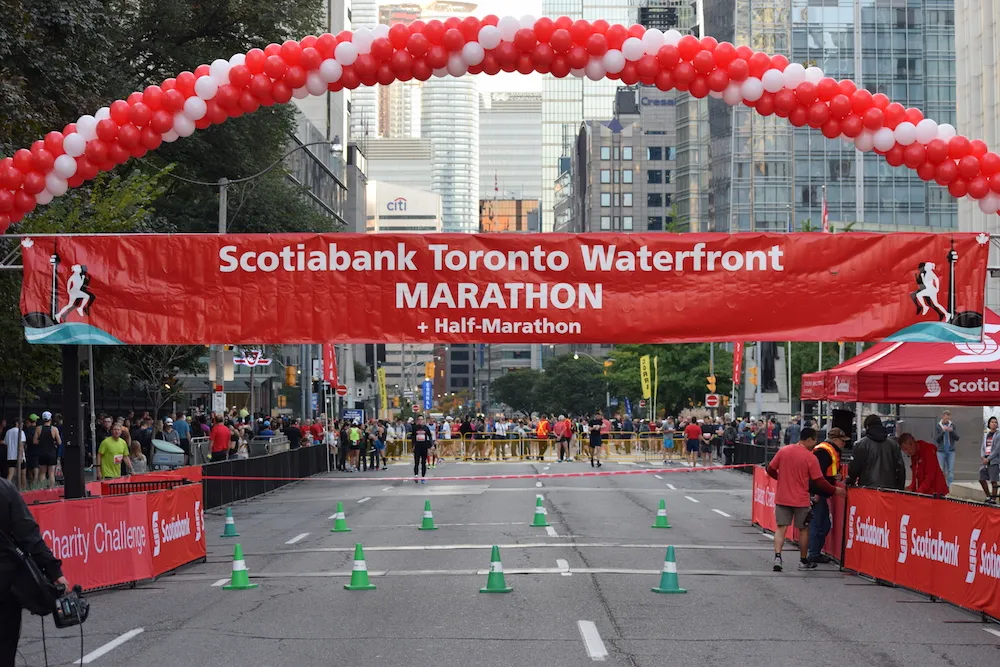
If you are fairly new to running or you have only ran 5K and 10K and you are thinking of running a half marathon, this is something you will want to read. Training for your first half is particularly hard for most runners as we are accustomed to running shorter distances at a set pace. As you run longer distances your goal is time on feet and how to get to that 21 kms. Your long runs should not be a PB ... the shorter runs during the week are reserved for those runs.
From 5K to 10K to half … you’ve come a long way on your running journey. In a few short weeks, it’s all about to culminate in a successful half marathon race! As you’ve already discovered, training for a half is a different animal than shorter race distances. But with some tenacity and a gradual approach to training, you’re well on your way.
All of us, from experienced runners to newbies, can use a bit of extra advice as we advance in our training. If you speak to a group of running experts to ask them what they use to get the edge on from 5K to 10K to half … here are their tips.
PLAN IN ADVANCE
If you’re accustomed to shorter runs, then the time commitment required to train for a half might come as a bit of a surprise. Some training runs can last for two hours or longer. And these long runs are some of the most important to your training. “Long runs are particularly important in getting your legs used to the mileage, improving muscle strength and endurance and boosting heart and breathing capacity, They also teach your body to use fat rather than glycogen as fuel and improve mental strength.
Considering all that, it pays to plan ahead to make sure you’ll have time in your schedule to complete them. It’s best to plot them all out on a calendar to work around family events, vacation and other obligations in the weeks ahead. This also allows you to plan child care or other details in advance if needed.
INVEST IN NEW GEAR
Training for a half marathon is a great reason to treat yourself with new gear. If you’re training with Garmin Coach, then you probably already have a fairly new Garmin on your wrist. But you could use some new running shoes to go along with this new training plan. Get the help of your local Running Store to assist you with the best shoes for you.
“You need shoes that are built well and fit right,” he says. “Your feet will swell a little on longer runs, so plan to buy shoes with some room in the toe box and don’t overtighten your laces. Allow for some foot expansion.”
The distance of a half can take its toll on your body in other ways, as well, so it’s best to respect it with high-quality gear. Invest in good socks and other running gear, and spend a little more for a sports bra that fits correctly.
TAKE YOUR TIME
One big difference you’re sure to discover as your training runs increase in distance is that you can’t run quite as fast as you used to. That’s to be expected. Simply put, it’s just not realistic to maintain your 3- or 6-km pace for 10 km and beyond. The key, is being patient, slow and methodical, at least at first. “Pacing control is essential to optimize transitioning from 5K or 10K to 21k. . It is much better to start out a little slower and then speed up as the run progresses rather than start out too fast and slow down (or stop) to finish.
Of course, you can also expect your speed to increase as training goes on, so be sure to check your progress at various times throughout the program. “Running a trial at least four to six weeks before the event can be the best gauge for estimating a goal time for an event at a specific distance.
WORK OUR YOUR NUTRITION
One new experience for many runners at the half marathon distance is the concept of eating during the run using products like gels, blocks, tablets and energy bars. At this distance, you may need energy mid-run to make it through successfully. Try practicing your approach during your training runs to hone in on what works best for you. “Just like training muscles, the stomach has to be trained to tolerate digestion of carbs and fluid during training and events. With continued practice, the stomach will adapt to fueling during a run.
RESPECT YOUR BODY
Rest days are on your training schedule for a reason. As the runs get longer, these recovery days are even more important. Getting proper recovery in between runs and workouts will be important as you gradually increase mileage. Striving for 7 to 9 hours of sleep every night will help the body feel well rested.
HAVE FUN WITH IT
Yes, training is serious business, but it’s also supposed to be fun! So plan some runs with friends, update your running playlist with new tunes and plot out some cool new routes for your long training runs. Remember, if you’re having fun with your training, then you’re a lot more likely to be successful.
Photo Source: Google Images